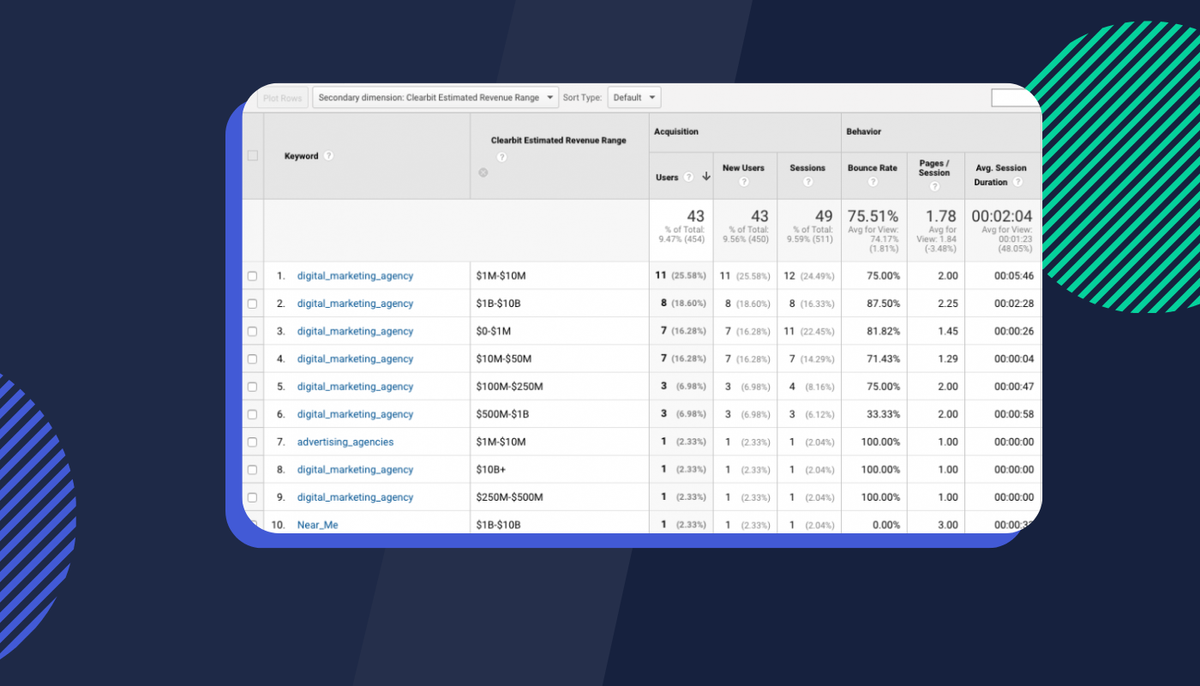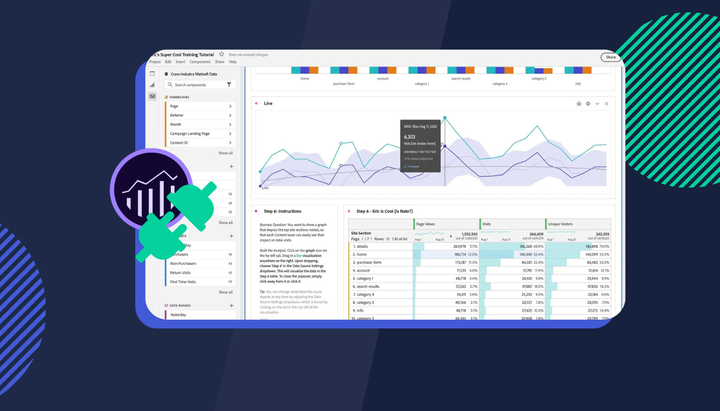What is a Dimension in Google Analytics?
In Google Analytics, a dimension is a fundamental concept that represents a quality or characteristic of your data. Learn more.

In Google Analytics, a dimension is a fundamental concept that represents a quality or characteristic of your data. Essentially, dimensions are descriptive attributes or properties of your users, their sessions, and their interactions with your website or mobile app. They provide context to the numerical metrics, allowing you to understand the "who," "what," "where," and "how" behind the data.
Examples of Dimensions:
- User Dimensions: These might include things like the geographical location (e.g., country or city), the type of device used (e.g., mobile, tablet, or desktop), the browser, or the service provider.
- Session Dimensions: These could be the source/medium that brought the user to your site (e.g., organic search, paid advertising, social media), the campaign name, or the session's start time.
- Behavioural Dimensions: These are often related to the user's on-site or in-app behaviour, such as the visited landing pages, the clicked buttons, the videos played, or the search terms used on your website.
Dimensions are used in conjunction with metrics, which are quantitative data points (like the number of sessions, bounce rate, or the time spent on a site). When you combine dimensions and metrics in your reports, you can create a complete, detailed view of your data. For example, you can see how many page views (metric) came from a particular country (dimension) or how long users from a particular device type (dimension) spent on your website (metric).
Why Dimensions Matter:
- Segmentation and Targeting: They help you to break down your data into more specific, understandable parts. By analysing data by dimensions, you can identify key areas for personalisation, marketing, and service delivery.
- Trend Analysis and Performance Review: By looking at how different dimensions change over time, you can identify key market trends, website traffic variations, and user behaviour patterns.
- Optimisation and Improvement: They are essential for in-depth performance data analysis, which can help you optimise your website's content, improve the site's design for better navigation, and develop more effective marketing strategies.
In summary, dimensions in Google Analytics are the "descriptive" part of your data, which, when used in combination with "quantitative" metrics, enable you to analyse and understand the data in a way that drives decision-making and business improvements.
Additional resources you might be interested in:
- Why your data is sampled by GA4 and what to do about it
- Why We Shouldn't Settle for Sampled Data in Session Replay Recordings
- Simplify Interaction Tracking in GA4 with Enhanced Measurement + Insightech
While we have you, are you thinking of replatforming? Try our step-by-step guide (with free templates)

- Identifying Limitations of the Current Platform
- Aligning Re-platforming Goals with Business Strategy
- Conducting a Comprehensive UX, Marketing and Tech Audit
- Questions to consider when analysing your site’s digital experience



